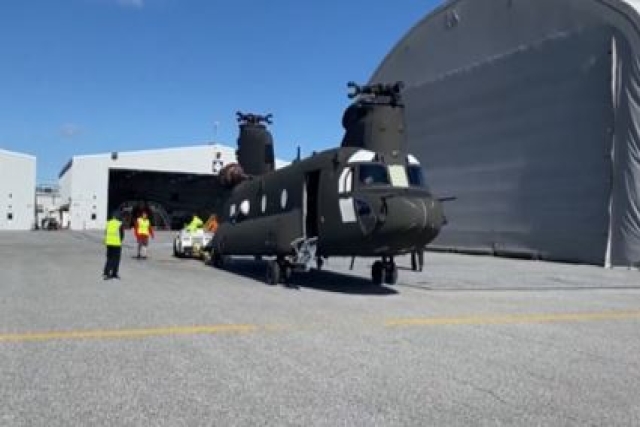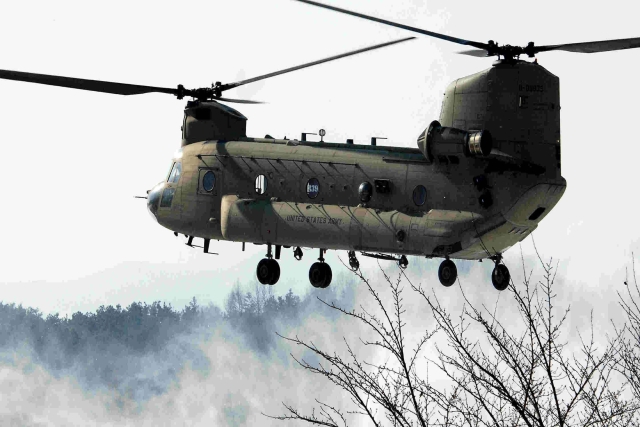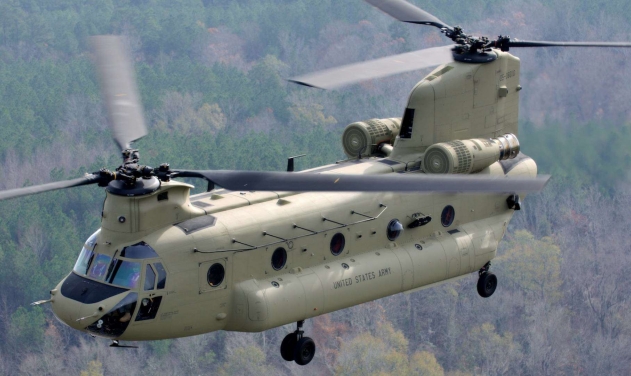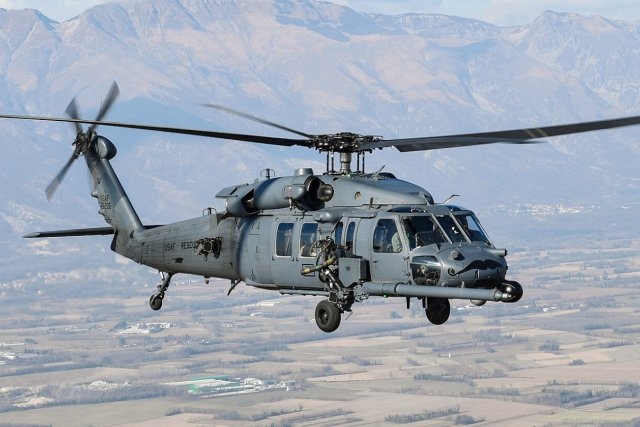Delivery of U.S. Army’s First Production CH-47F Block II Helicopter Imminent
Block II helicopters seek to improve speed and cargo capacity over the Block I

Boeing announced today that the first production U.S. Army CH-47F Block II helicopter is nearly ready for delivery.
“Delivery day is almost here for the first production U.S. Army CH-47F Block II helicopter. The Block II Chinook, sporting a fresh paint job, recently moved out of final assembly and into our delivery center in Philadelphia,” Boeing said in a social media post today.
It's been five years since the Army initially revealed plans to buy the upgraded Block II helicopters, which seek to improve speed and cargo capacity over the Block I. However, it hadn’t purchased Block II choppers until late last year. Back in October, the Army said it was nearing a final decision on whether and how much to invest in Chinook Block II helicopter upgrades.
Despite the Army's initial hesitation, the special operations community, foreign partners, and lawmakers have shown support for the Block II aircraft. For instance, special operations forces continue to order MH-47G helicopters, with funding requested for six in FY24. While not a large quantity, this sustained interest, along with foreign commitments, such as Germany's plan to procure approximately 60 helicopters, ensures the vitality of the Chinook program.
Lawmakers, meanwhile, have repeatedly added unrequested funds into the budget for the service to purchase up to 10 helicopters. As a result, the Army ordered six of those aircraft and revealed plans to order the remaining four before October when FY23 ends, a top defense official said back in April 2023.
The Block 2 aims for a payload of 22,000 lb (10,000 kg) with 4,000 ft (1,200 m) and 95 °F (35 °C) high and hot hover performance, eventually increased up to 6,000 ft (1,800 m), to carry the Joint Light Tactical Vehicle; maximum takeoff weight would be raised to 54,000 lb (24,500 kg). It has 20% more powerful Honeywell T55-715 engines along with an active parallel actuator system (APAS) to enhance the digital advanced flight-control system, providing an exact torque split between the rotors for greater efficiency. A new fuel system combines the three fuel cells in each sponson into one larger fuel cell and eliminates intracell fuel transfer hardware, reducing weight by 90 kg (200 lb) and increasing fuel capacity. Electrical capacity is increased by three 60 kVA generators.
The Advanced Chinook Rotor Blades (ACRB), derived from the canceled RAH-66 Comanche, were intended to improve lift performance in hot/high altitude conditions by 2,000 lb; however, the US Army ultimately decided against implementing the ACRB due to persistent vibration during testing. Boeing denied the assertion that the vibration was a safety risk and believed it could be solved with dampeners. In addition, the aft rotor blade was stalling when in a swept-back position.













